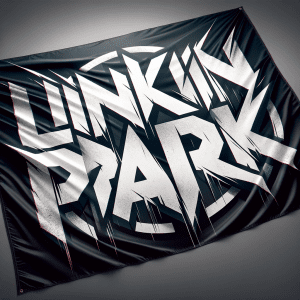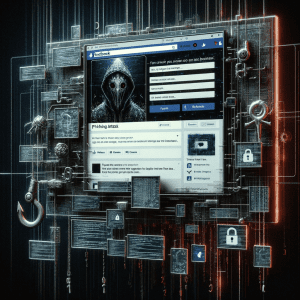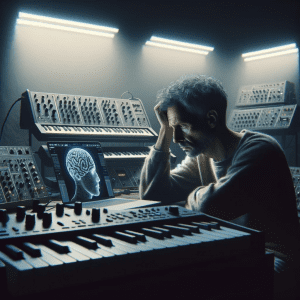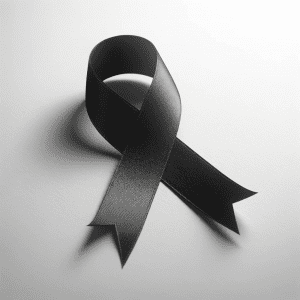Modern art of music: differences, technologies, old and new genres


Music of modern art
New technologies form a new idea of musical art. Now it is not only the organization of sounds in a sequence of some forms, harmonies, rhythms, melody and content, as the standard definition suggests. Modern music 一 is also an element of scientific and technological progress in the information society. The modern art of music is a complex interplay of musical styles and forms that may include folk music, academic art, sacred music, and mass culture. Nowadays, music is also influenced by mass communication media, such as social media, as well as artificial intelligence.
Music is being introduced into all spheres of human activity. We have a new language based on the integration of musical and visual arts. New standards of music are emerging in theater, movies, advertising, television shows, and social networks. These are the factors that influence our perception of the artworks.
Music in the postmodern era
How is music different in our time? In the modern era, this art form was seen as a means of expressing ideas. Postmodern music 一 is a product of mass consumption, entertainment as well as a means of self-identification. The listener can refer to a subculture and choose a lifestyle according to stereotypes about musical genres.
The postmodern era begins in the 60s and 70s of the 20th century and continues to this day. Eclecticism, irony, blurring of the lines between author and listener, digital technology, consumer culture 一 what distinguishes the modern art of music.
A work of art no longer has to be a unique and complete object. It can be a process that is open to being completed by the audience. We invite you to visit cultural events online at different-level.com to keep abreast of all the innovations that today’s composers are bringing to the arts.
Technological progression of music
In modern musical compositions authors add artificial sounds, noises and samples of human voice. Music technologies are widely used:
- computer-generated music;
- digital processing of instrumental music;
- programming of music systems;
- sound synthesis;
- studio sound engineering.
In 2001, the first international conference New Interfaces for Musical Expression (NIME) was held in Kyoto, Japan. Musicians and scientists discussed innovative technologies for enhancing and enriching the expressiveness of musical activity. The conference is held annually in different countries: France, USA, Italy, Australia, Norway.
Participants discuss topics relevant to the latest world of music:
- about controllers and interfaces to enhance expressiveness;
- the practical use of technology in concerts;
- the use of real-time interactive instruments and systems in music;
- visual and kinesthetic support for music;
- aesthetic, psychological, cultural and sociological aspects of the introduction of new musical interfaces;
- problems of music perception in the aspect of cognitive processes.
New musical genres and subgenres
New music art involves a lot of experimentation. New genres are constantly emerging, such as:
- Chillwave 一 perfect sounds for relaxation, based on the aesthetics of the 80s and 90s;
- Vaporwave 一 an experimental genre of electronic music that resembles a sad audio collage of septum hits, commercials, and 90s movies;
- Future Bass 一 broken beats with a futuristic sound;
- Lo-Fi 一 a style of sound that mimics low-end playback;
- K-Pop 一 Korean pop music that combines contemporary vocals, intense choreography and colorful music videos;
- Organic EDM 一 so-called “live electronica” combining the energy of danceable electronic music with live instruments.
And, of course, musicians continue to experiment in traditional genres, mixing them with each other:
- folk music;
- spiritual;
- academic;
- popular (folk, country, blues, rhythm and blues, jazz, songwriting, Latin American music, electronic, rock/metal, hip-hop, reggae, funk, soul, disco, pop, new wave).
The choice of music is now so great that everyone can find a sound to suit their mood. If you are interested in art theory, you can learn more at different-level.com.
Since you’re here …
… we have a small favour to ask. More people are reading Side-Line Magazine than ever but advertising revenues across the media are falling fast. Unlike many news organisations, we haven’t put up a paywall – we want to keep our journalism as open as we can - and we refuse to add annoying advertising. So you can see why we need to ask for your help.
Side-Line’s independent journalism takes a lot of time, money and hard work to produce. But we do it because we want to push the artists we like and who are equally fighting to survive.
If everyone who reads our reporting, who likes it, helps fund it, our future would be much more secure. For as little as 5 US$, you can support Side-Line Magazine – and it only takes a minute. Thank you.
The donations are safely powered by Paypal.










